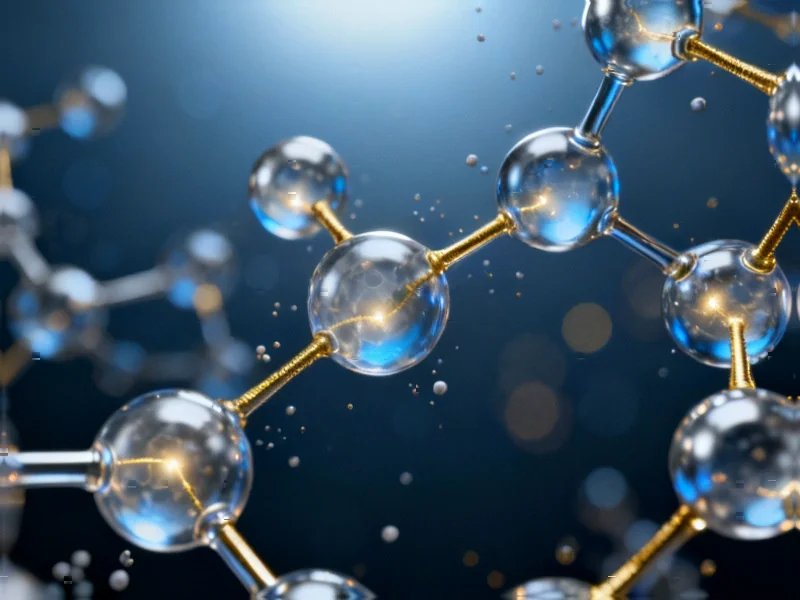The IL-17 Signaling Pathway: A Key Player in Immunity and Disease
Interleukin-17 (IL-17), discovered in 1993 from an activated T-cell hybridoma, has emerged as a central cytokine in the immune system’s response mechanisms. It belongs to a family that includes IL-17B through F and is primarily produced by Th17 lymphocytes, a subset of CD4+ T helper cells. These cells are instrumental in driving autoimmune and inflammatory conditions, such as experimental autoimmune encephalitis and collagen-induced arthritis. Research confirms that mice lacking IL-17 are resistant to these diseases, highlighting its pivotal role.
IL-17’s influence extends to gene regulation, where it prompts the expression of various molecules: cytokines and chemokines like IL-6 and IL-8; proteins involved in immune responses, such as COX2; and extracellular matrix components, including multiple matrix metalloproteinases. This broad activity underscores IL-17’s function in linking T-cell activation with tissue homeostasis, affecting organs from the brain to the intestines. As scientists delve deeper, they’re uncovering how disruptions in this system, including the loss of regulatory components, can lead to severe health issues, much like how breakthrough research is revealing new mechanisms in chronic diseases.
IL-17 Receptors: Building a Complex Signaling Network
The IL-17 receptor (IL-17R or IL-17RA) is the cornerstone of a family that now includes five members, IL-17RA through E. Essential for IL-17 signaling, studies show that mice deficient in IL-17R cannot respond to IL-17, and blocking this receptor inhibits its effects in human cells. Initially, IL-17 and its receptor stood out for their lack of similarity to other interleukins or known protein domains, suggesting a unique signaling pathway that has been challenging to decipher.
Recent structural insights have revealed that IL-17 and IL-17F form homodimers resembling the cystine-knot growth factor family, which includes proteins like BMPs and TGF-β. This similarity hints at a heteromeric receptor complex for signaling, a theory supported by the identification of IL-17RC as a crucial partner. The discovery of the SEFIR domain in IL-17 receptors and adaptors like Act1 further clarifies how these components associate to mediate signals, emphasizing the complexity of immune regulation and its implications for broader systemic impacts in society.
IL-17RD (Sef): The Missing Link in Inflammation and Tumorigenesis
In a significant advancement, IL-17RD, also known as Sef or IL-17RLM, has been identified as an interactor with IL-17R, playing a critical role in mediating IL-17 signaling. This orphan receptor, part of the IL-17R family, helps form heteromeric or homomeric complexes that fine-tune the cytokine’s effects. Loss of IL-17RD disrupts this balance, promoting chronic inflammation that can escalate into tumorigenesis. This mechanism illustrates how unchecked immune responses contribute to cancer development, aligning with recent technology advances that are reshaping our understanding of complex systems.
The implications are profound: by interfering with normal signaling, the absence of IL-17RD allows persistent inflammation to damage tissues and initiate cancerous changes. This insight not only deepens our knowledge of autoimmune diseases but also opens avenues for targeting IL-17 pathways in cancer therapy. As research progresses, it mirrors market trends in education and innovation that emphasize interdisciplinary approaches to solving global health challenges.
Future Directions and Therapeutic Potential
Understanding the IL-17 signaling cascade, particularly the role of receptors like IL-17RD, paves the way for novel treatments. Targeting these pathways could mitigate chronic inflammation and reduce cancer risk in susceptible individuals. Future studies should focus on developing inhibitors or modulators that restore balanced signaling, potentially combining immunology with cutting-edge biotech strategies. As the field evolves, keeping an eye on industry developments will be crucial for translating these discoveries into real-world applications that benefit patients worldwide.
This article aggregates information from publicly available sources. All trademarks and copyrights belong to their respective owners.
Note: Featured image is for illustrative purposes only and does not represent any specific product, service, or entity mentioned in this article.



